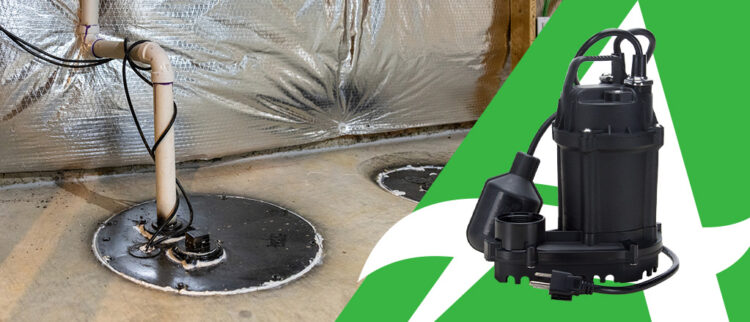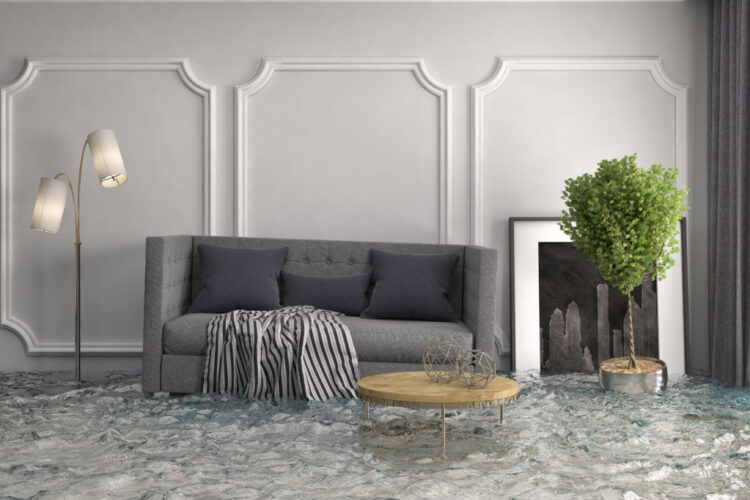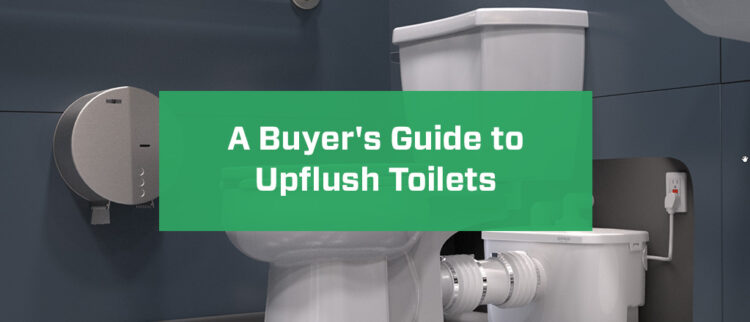Over time, hard water mineral buildup can lead to clogged pipes, dry skin and hair, rough-feeling laundry, and poor appliance efficiency. Upflow and downflow water softeners are systems that help prevent these hard water problems, keeping your water safer and your home’s pipes in better shape. Finding the right water softener can make all the difference for your home — the two main options are upflow and downflow water softeners.
What Are Upflow Water Softeners?
Upflow water softeners are used for removing minerals like magnesium and calcium from your hard water. Upflow systems reverse the water flow’s direction to achieve mineral removal. When water enters the tank, it flows upward, letting resin beads trap and remove minerals that cause hard water.
The upflow process helps minimize water channeling and efficiently regenerates the resin bed. Reversing the water direction allows upflow softeners to use less salt and need less maintenance than other water softeners, making them a rising star in water softening technology.
What Are Downflow Water Softeners?
Unlike upflow systems, downflow water softeners have water enter the tank from the top. It flows downward through the resin bead and then travels upward to exit the system. Resin beads act like a trap, attracting hardness-causing minerals and keeping them from flowing out with your water.
Downflow water softeners are used more traditionally, but they need regular regeneration to recharge their resin bed — this is usually done by flushing them out with a brine solution. While these systems are effective at softening your water, they require slightly more maintenance than upflow systems.
What Is Brining?
Brining is an essential part of water softener system maintenance. The resin beads that remove hard water minerals need occasional regeneration or recharging to keep them effective.
Brining involves saturating the softener’s resin bed with a concentrated salt solution called brine. The brine solution usually sits in a separate tank that’s connected to the softener. During regeneration, brine gets drawn into the resin tank, where it displaces the trapped minerals inside the resin beads. This process helps refresh the resin beads, letting them work more effectively.
Brining is an essential part of the water softener system. Without effective brining, your system will become less efficient.
Key Differences Between Upflow and Downflow Water Softeners
Both downflow and upflow softener systems are effective choices for softening your water. Understanding their main differences will help you pick the right fit for your home, letting you enjoy soft water. Take a look at the main differences in upflow vs. downflow water softeners:
- Water flow: The direction of the water flow is the main difference between these two systems. Upflow systems have water enter the tank at the bottom. It travels upward through the resin bead bed, trapping minerals. Upflow systems let water work against gravity, minimizing water channeling and making the water softening process more efficient. In downflow systems, water enters through the top and flows downward through the resin bead bed.
- Regeneration process: Upflow systems regenerate from the bottom to the top of the resin bed. Again, working against gravity lets the brine solution distribute more evenly. Downflow systems send brine top to bottom, potentially preventing the brine from fully penetrating the bottom of the resin bed.
- System parts: Since downflow systems let water enter through the top, they need backwash control valves. Upflow systems don’t require these valves, although they can have more complex designs, depending on the model you choose.

Upflow Water Softener Advantages and Considerations
Upflow water systems can be a great addition to your home. Let’s take a look at some of the advantages of this system.
- Improved efficiency: Upflow water softeners brine more efficiently, maximizing your system’s operation. You can see improved performance while getting slightly better soft water. With more efficient brining, you can see a better performing system.
- Reduced maintenance: Since upflow systems are less prone to water channeling and have more efficient brining, they require less frequent maintenance compared to downflow systems. Less maintenance can save you time and energy.
- Less water use: Upflow softeners use up to 30% less water than downflow softeners, and they use less salt, saving you money on your water bill and softener costs.
At the same time, you’ll want to note a few considerations that come with these systems:
- Higher cost: Upflow systems will often have higher costs upfront than downflow systems. They’re slightly more complex than downflow systems, so you’ll pay more upfront for your softener. However, their improved efficiency can save you a lot in the long run.
- Larger space needed: Since upflow systems have water travel upward, they usually need more vertical space than downflow systems. You might need to pick a different option if you have limited space.
- Limited availability: Upflow systems might be less available depending on where you live. An upflow system could be harder to source or service if this is the case for you.
Downflow Water Softener Advantages and Considerations
Downflow softeners are also great options for homes with hard water. The main pros of downflow systems are:
- Lower cost: Downflow water systems are usually less expensive upfront than upflow systems. They’re more budget-friendly for homeowners when purchasing initially.
- Space-saving design: Downflow systems need less vertical space, making them ideal for homes with limited space.
- Widely available: Downflow systems are more common than upflow systems. You’re more likely to find downflow systems and servicing in your area.
Some considerations of downflow systems include:
- Higher salt usage: Downflow systems use more salt during bringing to recharge the resin bed effectively. You’ll spend a little more operating your downflow systems since there’s an increased salt and water usage.
- Channeling potential: Downflow systems are more likely to experience water channeling, where water flows along the same path through the resin bed. Water channeling can potentially reduce the effectiveness of recharging and softening over time.
- Less efficient: Downflow systems can have less efficient recharging since the brine doesn’t flow from the bottom up. You might notice less thorough regeneration and softening compared to upflow systems.
Efficient Water Softening Systems From Star Water Systems

Star Water Systems offers effective water softening systems for your home. With single-tank options, dual tanks and more, we have the products you need to keep your water soft and refreshing. Our water softener systems come with excellent warranties and unmatched quality.
As trusted water systems experts, you can count on our products to help you efficiently manage all your water removal and management needs. Contact us online to learn more or find a Star Water Systems dealer near you!



